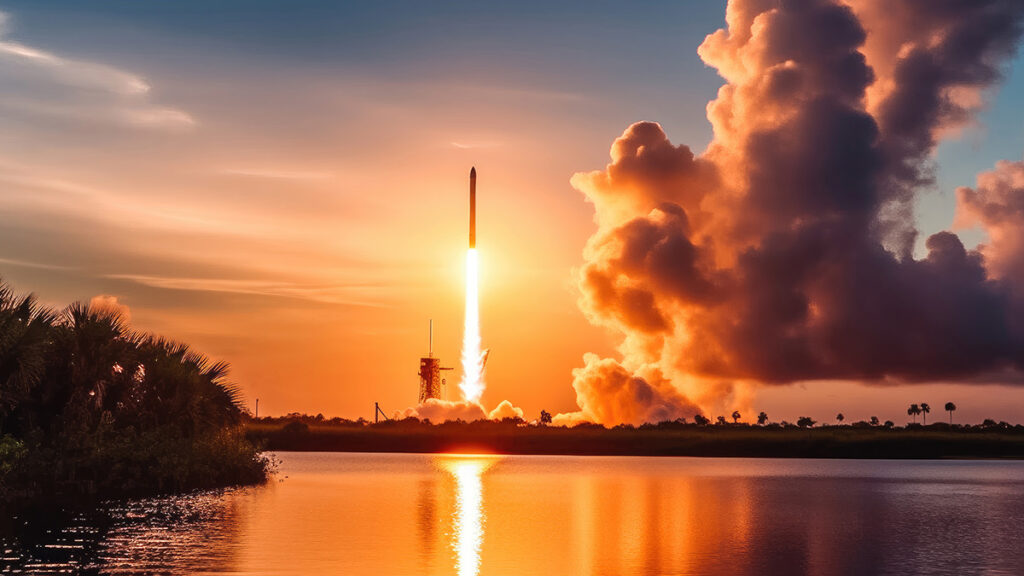SpaceX is shifting its focus in the IoT market, moving from proprietary solutions to standards-based approaches in the direct-to-device (D2D) sector. This strategic pivot, initiated with the acquisition of Swarm Technologies in August 2021, aligns with industry trends and forecasts a surge in IoT units using standard-based protocols, as outlined in NSR’s recent report.
Swarm’s decision to cease selling new devices in July 2023 is seen as a direct consequence of SpaceX’s evolving strategy towards D2D. While SpaceX has been offering proprietary solutions in various verticals like broadband access and mobility through its Starlink offering, it’s now embracing standard-based solutions for IoT, reflecting a broader industry shift.
3GPP Release 17, which includes non-terrestrial networks, has opened doors for D2D development, enabling IoT devices to directly communicate with satellite networks. This has spurred advancements from chipset manufacturers like Mediatek and Qualcomm, launching new 3GPP modems. Moreover, the FCC’s proposed satellite D2D regulatory framework in March 2023 is set to further facilitate collaborations between satellite operators and telecoms operators.
SpaceX’s partnerships with companies like T-Mobile and Optus exemplify its commitment to expanding D2D coverage. These collaborations are marketed not only for consumer benefits like emergency assistance and text messaging but also for narrowband IoT applications, underscoring SpaceX’s ambition in the IoT space.
Another intriguing aspect of SpaceX’s strategy is its potential to connect a wide array of devices, including Tesla vehicles, leveraging the narrowband D2D initiative. Elon Musk’s vision for integrating SpaceX’s IoT solutions with Tesla’s vehicles, though ambitious, faces challenges like the need for larger satellites delivered by the Starship launch vehicle, which experienced a failed test flight in April.
Despite these challenges, SpaceX’s move towards standards-based solutions positions it advantageously in the rapidly evolving IoT market. However, uncertainties still loom, including the integration of these solutions with terrestrial networks and the division of revenue between various stakeholders.
Proprietary solutions, despite their limitations, continue to have a place in the IoT ecosystem, offering advantages in terms of efficiency and cost. Satellite operators are exploring ways to improve the efficiency of these systems beyond the current 3GPP standards.
SpaceX’s transition to standards-based IoT solutions is a strategic bet on the future direction of the IoT market, aligning with industry trends and regulatory developments. While proprietary systems currently hold an edge, the growing adoption of 5G standards is expected to reshape the market dynamics. As SpaceX navigates these changes, its role in the D2D market is poised to be significant, potentially shaping the future landscape of IoT connectivity.
There’s plenty of other editorial on our sister site, Electronic Specifier! Or you can always join in the conversation by commenting below or visiting our LinkedIn page.
